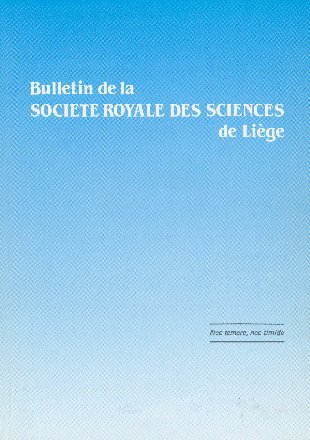- Accueil
- Volume 87 - Année 2018
- Actes de colloques
- First Belgo-Indian Network for Astronomy & Astroph...
- Spectroscopic Study of NGC 281 West
Visualisation(s): 662 (6 ULiège)
Téléchargement(s): 33 (0 ULiège)
Spectroscopic Study of NGC 281 West

Document(s) associé(s)
Version PDF originaleAbstract
NGC 281 is a complex region of star formation at 2.8 kpc. This complex is situated 300 pc above the Galactic plane, and appears to be part of a 270 pc diameter ring of atomic and molecular clouds expanding at 22 km/s (Megeath et al. 2003). It appears that two modes of triggered star formation are at work here: an initial supernova to trigger the ring complex and the initial O stars and the subsequent triggering of low mass star formation by photoevaporation driven molecular core compression. To get a complete census of the young stellar population, we use observations from Chandra ACIS 100 ksec coupled with data from 2MASS and Spitzer. The Master X-ray catalog has 446 sources detected in different bandpasses. We present the spatial distribution of Class I, II and III sources to study the progress of star formation. We also determine the gas to dust ratio NH/AK to be 1.93 ± 0.47 ×1022 cm−2 mag−1 for this region. In this article, we present NGC 281 as a good target to study with the 3.6-m Devasthal Optical Telescope (DOT) in spectroscopy. With these spectra, we look for evidence for the pre-main-sequence (PMS) nature of the objects, study the properties of the detected emission lines as a function of evolutionary class, and obtain spectral types for the observed young stellar objects (YSOs). The temperatures implied by the spectral types can be combined with luminosities determined from the near-infrared (NIR) photometry to construct Hertzsprung–Russell (HR) diagrams for the clusters. By comparing the positions of the YSOs in the HR diagrams with the PMS tracks, we can determine the ages of the embedded sources and study the relative ages of the YSOs with and without optically thick circumstellar disks.





